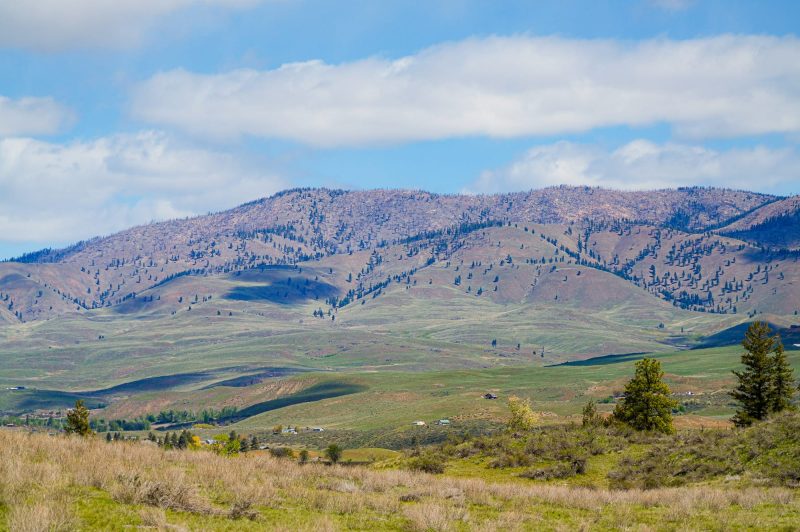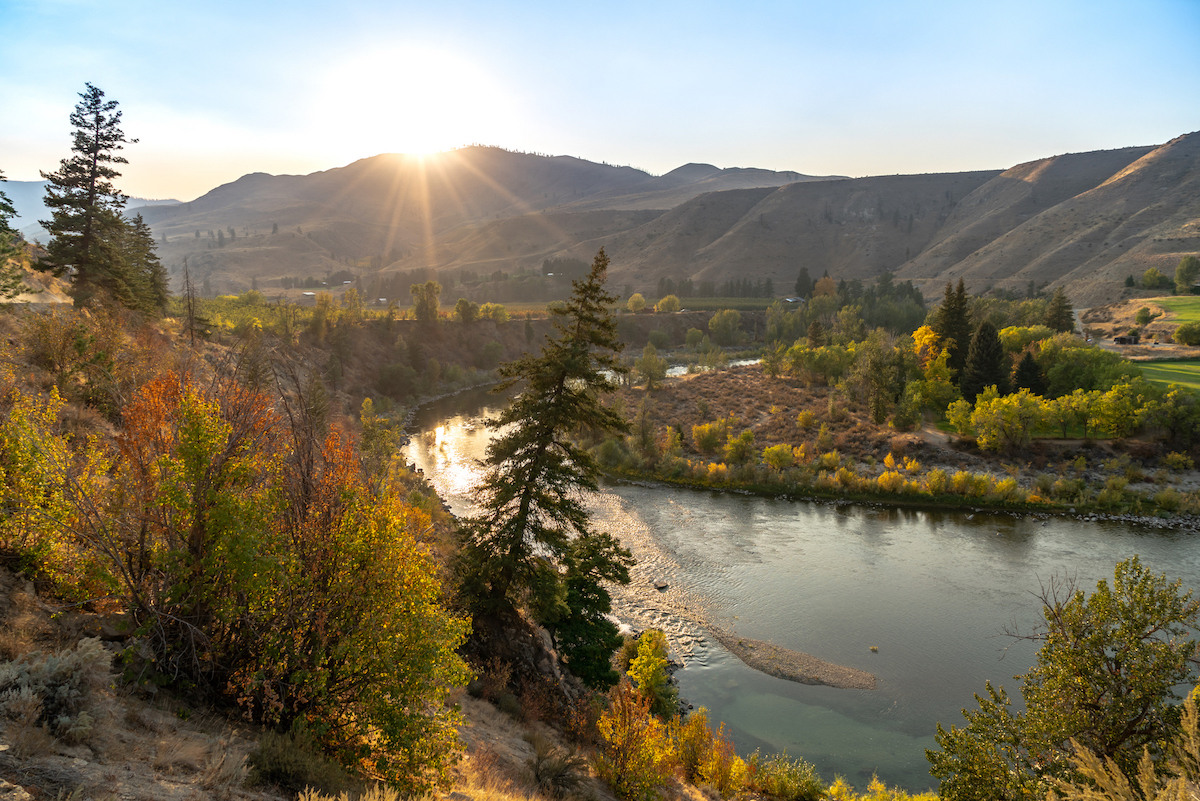A Valley That Breathes Nature
Nestled in the eastern foothills of Washington’s North Cascades, the Methow Valley is a region where mountains, meadows, and rivers converge in quiet harmony. The valley has long drawn travelers seeking respite from city life—those who come not just to admire nature but to live in rhythm with it. Scenic lodges and eco-conscious retreats have emerged here as more than mere accommodations; they serve as gateways to the valley’s unspoiled beauty. Among these, Hotel Rio Vista in Methow Valley often comes up in discussions about places that pair natural immersion with a thoughtful environmental approach.
The Rise Of Sustainable Hospitality
Methow Valley is a charming place due to its nature, which includes the wooden trails along the rivers, the fields that turn bright yellow in the fall, and the snow that covers the hills like a white blanket. The local hotels and lodges, which are the main contributors to this ecosystem, have not only accepted the idea of sustainability to preserve it but have also implemented it in reality. Quite a few facilities use energy from the sun and are equipped with water-saving devices, while at the same time being built with materials that come from the surrounding area. This helps not only to lower the carbon footprint but additionally to make the valley the way it is for the visitors – serene and pristine.
Eco-consciousness in travel is not something that has sprung up overnight, but it has rather been the result of a slow transformation which is, nevertheless, very profound. Visitors are given the chance to really experience nature through conscious means, such as walking instead of taking a car, dining on products coming from the area, and refraining from using trails heavily. This is a change in the form of behavior from one of consumption to that of connection – a concept which appeals most to those travelers who have an increased environmental awareness.
Architecture That Listens To The Landscape
The artistic aspect of the hotels in Methow Valley is what makes them very different from the rest of the natural scene. Essentially, the majority of lodges seemingly listen to nature before they proceed to inhabit it. The roof shapes are very similar to the lines of the nearest mountains, whereas the big glass windows allow for the entry of daylight and connect visually with the mountains that can be seen from there. The elements of wood and stone, which, in many cases, are rescued from the past, dominate the design of the hotels’ interiors – the two materials, which possess the warmth and the simplicity of the Methow Valley itself, are basically the textures.

These selections in terms of design are not only for visual effects, as they also work towards energy saving and waste reduction. The buildings that follow passive solar design are warmer during the cold season and cooler during the hot season; thus, the need for heating or air conditioning is limited. Visitors indeed become a part of that tenor – waking up with the noisy Methow River and lying under the stars during a lovely night.
Community And Conservation
In the Methow Valley, sustainability is not confined only to architecture. Different hotels are involved in various conservation activities in the area, connecting with community groups that focus on the protection of wildlife habitats and river ecosystems. Moreover, the hotel workers’ roles may extend, and they might become the land’s narrators—imparting knowledge about native plants, giving tips for responsible recreation, and sharing the local heritage.
Participation in these activities ensures that tourism is a source of income for both the local people and the environment. These hotels can provide support to local farmers, artisans, and guides, and, at the same time, they can promote the rural economy and contribute to the reduction of the ecological costs of the products that are brought from afar. Hence, the hospitality industry in the valley stands as an example of the cyclic bond that exists between the two different worlds: the land, which is the source of energy for the hotels, and the hotels, which share that energy with the land.
A Model For Mindful Travel
One of the things that the holiday in Methow Valley communicates in a very subtle manner is that luxury can be socially responsible. In a manner of timber-framed cabin, solar-powered lodge, or riverside retreat, visitors through any such stay make a transition to a slower and more conscious mode of living. The story each hotel reveals is that of equilibrium – between comfort and conscience, the individual and the earth.
As travelers depart, many carry with them not just memories of alpine trails or quiet evenings by the fire, but an appreciation for what thoughtful tourism can achieve. The Methow Valley stands as a model of how destinations can welcome visitors without losing their soul. It is in this spirit of coexistence that places like Hotel Rio Vista in Methow Valley continue to inspire—a reminder that the most scenic stays are often those that give back to the world they so beautifully frame.

